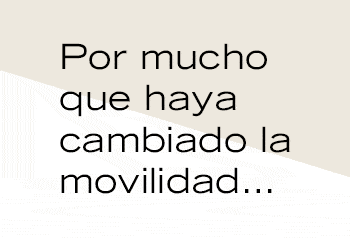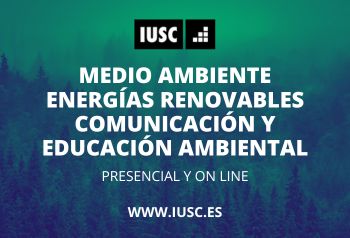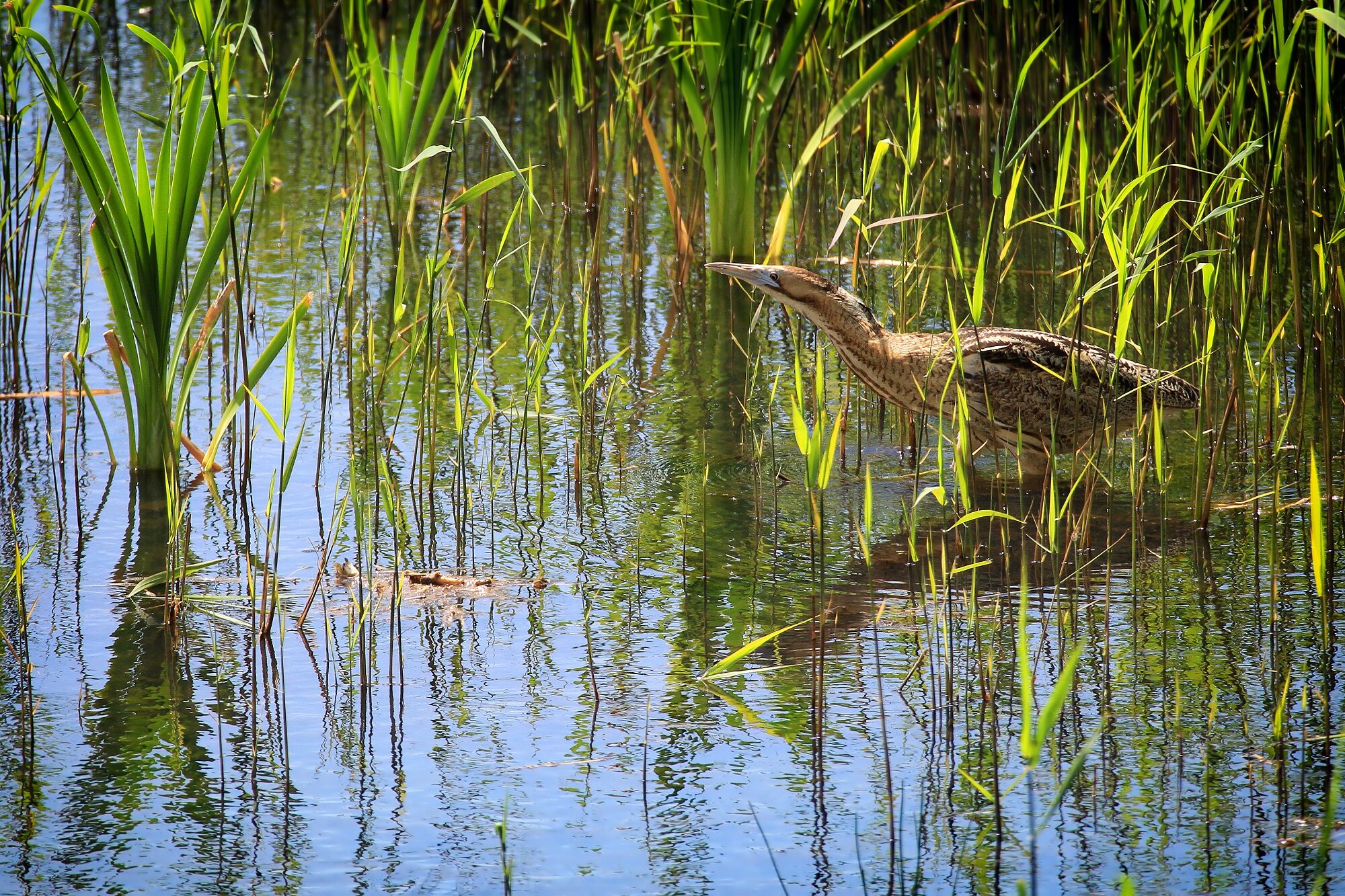The new SEO/Birdlife campaign aimed at collecting donations is called ‘Wetlands for the bittern’ and its purpose is to obtain the necessary funds to restore the habitat of this species, which was declared Bird of the Year 2024 and is critically endangered.
85% of wetlands of international importance in Spainsuch as Doñana, the Mar Menor, the Albufera de Valencia or the Tablas de Daimiel, is in a worrying conservation status, as the organization already stated in its report Ramsar Wetlands in Spain: on alert.
The NGO launches the Wetlands for the Bittern donation campaign with the aim of expanding the habitat of this species, declared Bird of the Year 2024, due to its delicate conservation status, and to draw attention to the poor condition of the wetlandsessential habitat for maintaining their populations.
Restoring the Tancat de la Ratlla
The restoration of this natural space in the community of Valencia represents one impetus for the conservation of the bittern and the species that inhabit this Ramsar wetland of international importance and included in the Natura 2000 network.
The Tancat de la Ratlla, which is part of the La Albufera Natural Park, is located between the municipalities of Silla and Valencia. Currently, this space, which is closely linked to rice cultivation, hosts several plots subject to winter flooding and prolonged periods of drought, in line with water management in the surrounding rice fields.


The different depths of the groundwater table in the different plots allows the existence of differentiated habitats: The highest and furthest levels of the lake were restored in 2011 to accommodate wetland habitats with moist grasslands and shallow flooding, while the lowest and closest levels to the lake were worked to promote the presence of a sparse and flooded reedbed .
Very clear objectives
Over time, this restoration has lost part of its original state, so thanks to this campaign the organization will restore the flooded reed fields and grasslands to accommodate the whole family. biodiversity depending on these swamp habitats. So the campaign Donations of wetlands for the bittern identified the following objectives:
- Provide habitats bittern nesting opportunities common in the reed areas of Tancat de la Ratlla.
- Increase the area of winter distribution of the species.
- Improve breeding habitat for water and marsh birds of interest in the La Albufera Natural Park.
The bittern’s last howl?
the bittern, considered critically endangered in the Red Bird Book of Spain, It requires wetlands with an edge of well-preserved swamp vegetation, especially flooded reed beds with good water quality. Its small numbers and its mimetic brown plumage, which camouflages it perfectly in these reed beds, make it one of the most difficult birds to observe in the Iberian fauna. It is easier to locate it by its song, a characteristic ‘moo’ that reveals it on spring nights, during its breeding period.
He avetoro common is a kind that reflects the bad situation in which the humid areas find themselves. The species reproduces only in a few places, while its potential distribution area is much larger. The increasing scarcity of flooded reed beds is one reason why Eurasian bittern populations have declined alarmingly.
Campaign for the Bird of the Year
The NGO conducts the annual Bird of the Year campaign to focus on a species that requires special attention, both because of the poor conservation status of its populations and because it symbolizes the urgency of protecting and restoring the habitats in which he prevents. This allows governments and institutions to demand measures for the preserving everyone’s natural heritage.
The Bittern has been declared Bird of the Year because it is in serious danger of disappearing due to human actions. Out of their natural habitat, mainly because they have been so degraded that they no longer have a place to live.

